The problem:
Students or researchers who work with the acquisition of bioelectric signals constantly require specific equipment that is usually expensive and sometimes the institutions do not allow the free use of them. This great problem slows the development of new medical devices and sometimes discourages researchers.
Proposes solution:
A bio sensor development board based on the premises: low-cost, open source and portable, it becomes a fundamental tool to increase the number of investigations in the development of medical devices that allow to monitor vital signs in people or even animals.
Publys will be a device that opens the doors for researchers or students of Bioengineering to participate in health research. With the Publys platform, a tool is provided that allows the design of more advanced devices based on biosensors that can measure the biological, chemical and physical signs of health.
Open science is of vital importance to accelerate the pace of discovery and the continued funding of academic research. The closed science model leads to a profoundly inefficient, slower and more difficult progress.
The Publys development platform will be accompanied by a web page which will become a resource that allows sharing technology, educating with open documentation and placing science within everyone's reach. Publys proposes access, usability, replicability and improvements for scientific instrumentation in the development of applications based on biosensors, contributing to the dissemination of Open Science.
The Publys board can be employed for the following areas of study: bioelectronics, biomedical, neurophysiology, cardiovascular systems, electronic, electromyography and blood pressure.
Publys V1.0
The platform of development for the taking of bioelectric signals will be called from now: Publys V1.0, the same one consists of several sensors dedicated to the acquisition of signals and data of diverse physiological parameters such as: ECG, EMG, GSR, temperature and blood pressure.
Publys V1.0 will use an Atmega328P microcontroller, which will allow to process the acquired electrical signals. Being the first version and fulfilling the purpose of an experimental prototype, the Atmega328P will be used because it is a low-cost and easily accessible device, but for a future version 2.0, the microcontroller must be replaced by one with higher performance and a higher performance security level.
Thinking of generating applications of low consumption and also portable, the Atmega328P was chosen since it can be powered with a lithium battery of a cell and a voltage of 3.7V. Publys V1.0 will additionally have Bluetooth LE integrated, to facilitate the transmission of data with a portable PC. The work environment is designed so that any beginner in electronics can use the board without major complications.
Note: The Publys board will not be certified as a medical device because it does not meet all the requirements of the FDA. The device at the time of manufacture must be used at the user's risk. However, the design of the sensors is designed not to exceed leakage currents greater than 10uA and must not place the user at risk.
 Ever
Ever
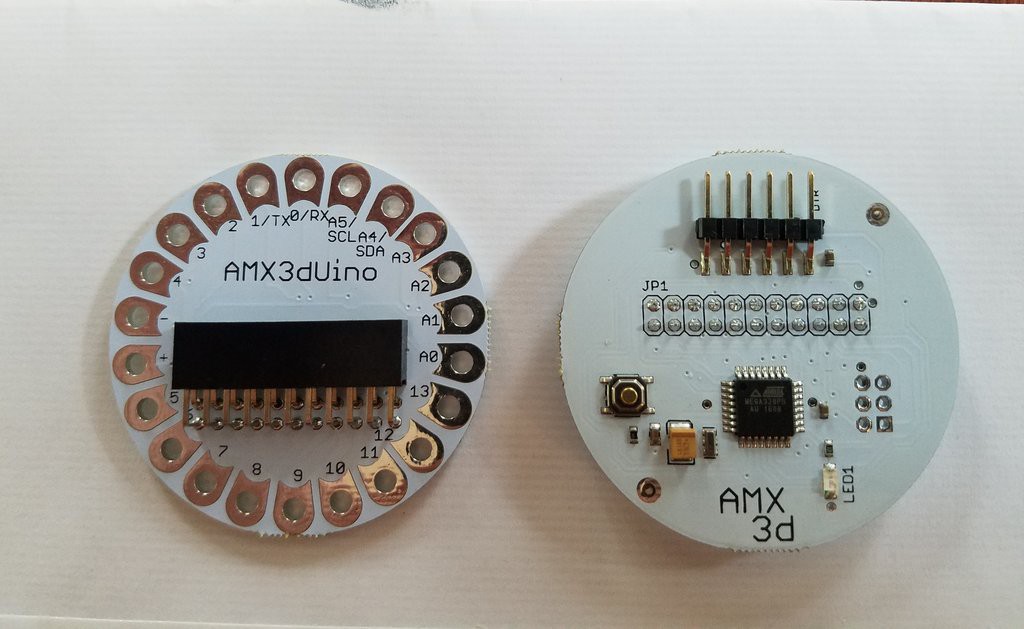
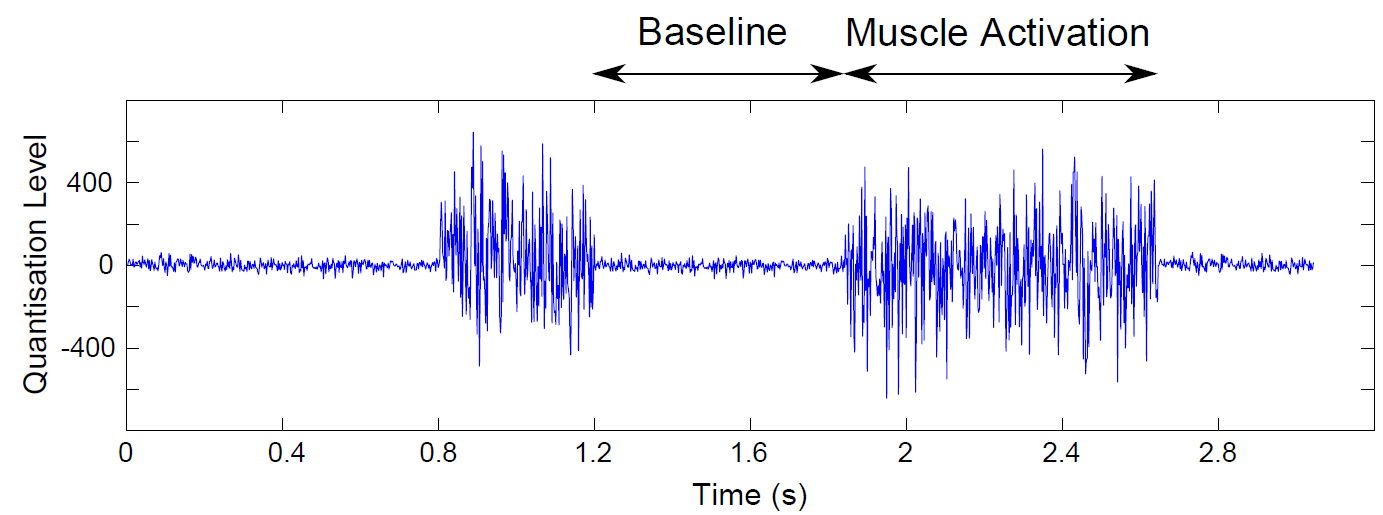

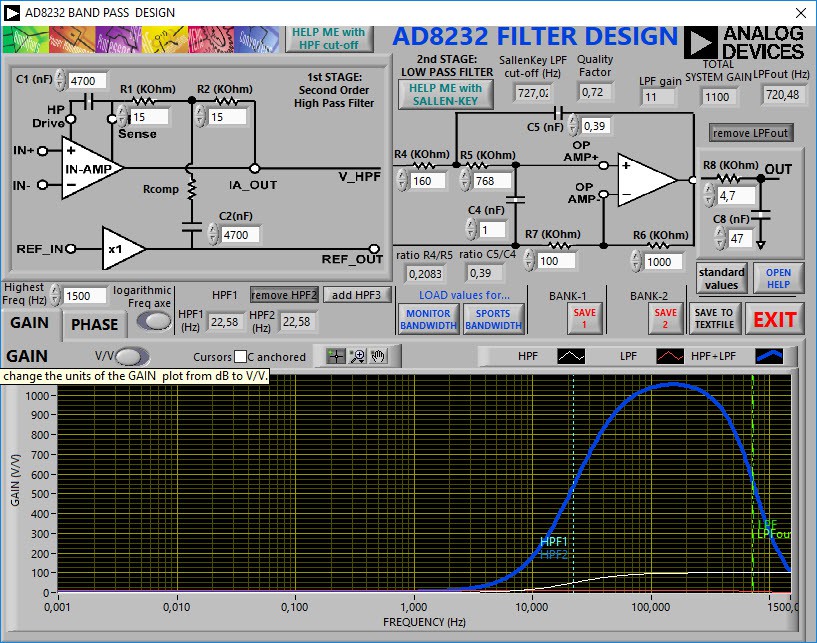
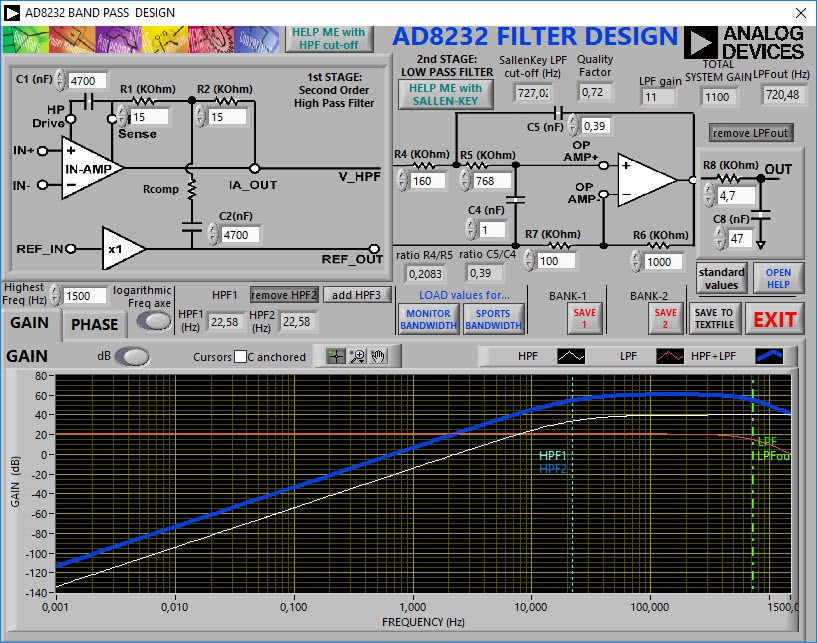
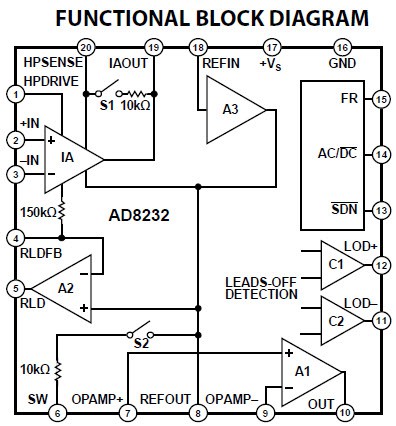



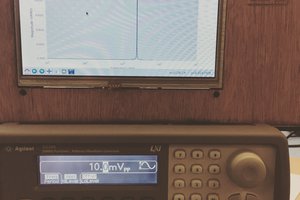
 Dan Kisling
Dan Kisling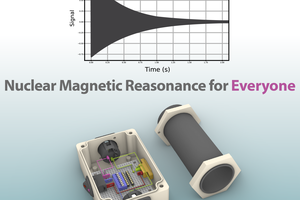
 Andy Nicol
Andy Nicol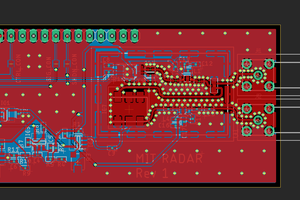

 Brett Walker
Brett Walker
Congratulations Ever! I am from Argentina and live in Brazil. I am very interested in this kind of projects, but just for personal use (not medical because of regulations that slow down the sales process). If it is ok with you, we can have a conversation, since the EMG, GSR, ECG and PPG signals can be processed in order to measure stress. In fact, stress is encoded in all these parameters, e.g. in the HRV (heart rate variability), see this recent video:
https://www.youtube.com/watch?v=0nX9fknGoQw
Please reach me here: fmarengorodriguez at gmail dot com
Un abrazo.
Fernando